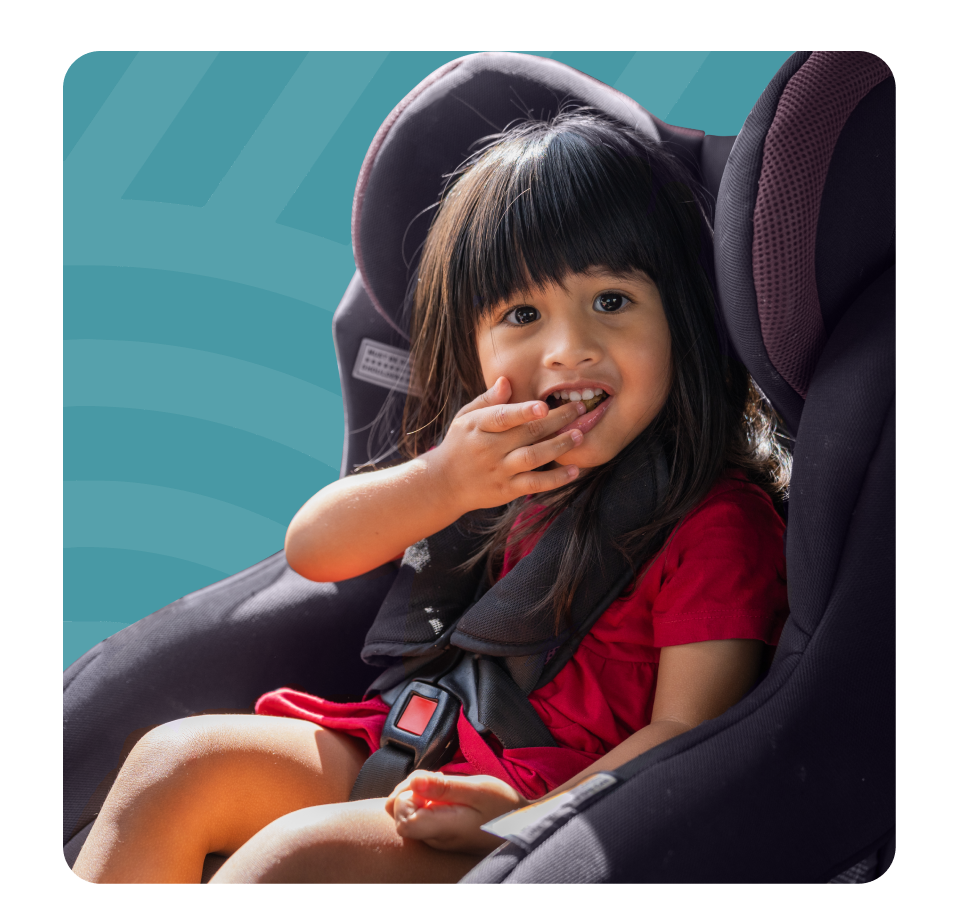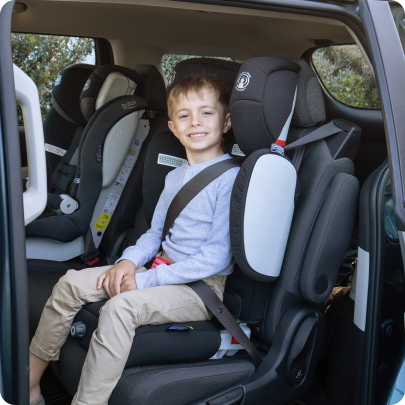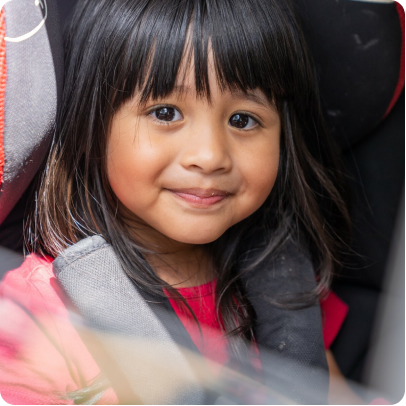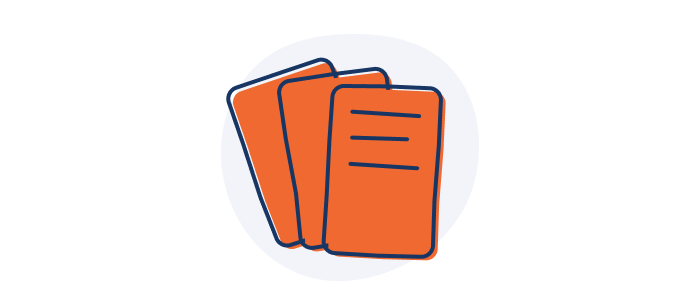Australian standard car seats
Australian standard car seats comply with the Australian standard for child restraints, and are available from mainstream retailers throughout Australia

Types of Australian standard car seats
These car seats comply with the Australian standard for child restraints (AS/NZS 1754). The standard defines a child restraint (car seat) as:
A device used in conjunction with an adult seatbelt or ISOFIX compatible lower attachment connectors to restrain a child passenger of a motor vehicle in the event of vehicle impact and thus minimize the risk of bodily injury.
The standard categorises car seats by Types. The common terms that the types of restraints are advertised, sold and referenced in road laws include rearward facing child restraint, forward facing child restraint, booster seat, convertible/combination. The following gives you an introduction to the range and types.

Rearward facing car seat
Common features:
- Built-in harness
- Top tether strap
- ISOFIX compatible (newer products only)
- Shoulder height markers used to guide fitment (not weight)
Type A1: suitable to a large 6 month old
Type A2: suitable to a large 12 month old
Type A4: suitable to a large 30 month old

Forward facing car seat
Common features:
- Built-in harness
- Top tether strap
- ISOFIX compatible (newer products only)
- Shoulder height markers used to guide fitment (not weight)
Type B: suitable to a large 4 year old
Type G: suitable to a large 8 year old

Booster seat
Common features:
- No built-in harness (uses vehicle seatbelt)
- Not ISOFIX compatible
- Top tether strap provided when the seat weighs 2kg or more
- Shoulder height markers used to guide fitment (not weight)
Type E: suitable to a large 8 year old
Type F: suitable to a large 10 year old

Convertible/combination
There are Australian standard car seats available that can be used as more than one type, often advertised as a convertible or combination child restraint. For example:
- rearward facing child restraint that converts to a forward facing child restraint
- forward facing child restraint that converts to a booster seat (by removing the built-in harness)
- rearward facing child restraint that converts to a forward facing child restraints, and then to a booster seat
Best practice guidelines
There are best practice guidelines, developed by experts, that outline the safest ways for children to travel in motor vehicles. These guidelines have been developed for children who are able to be
safely and comfortably seated in Australian standard car seats.
The general guidelines recommend that:

It is safest for children to continue to travel in their current car seat for as long as they fit. The shoulder height markers on the car seat indicate when a child has outgrown it.

Children 12 years of age and under are safest in the rear seat.

All car seats must be
installed correctly and the child buckled in
correctly, according to the manufacturer’s
instructions

For typically developing children, the 5 step test is used to decide when the child is ready to move from a booster seat to a vehicle seatbelt. Refer to the FAQs below for more information.
The safest Australian standard car seats
Australia has an established program - the Child Restraint Evaluation Program, that independently assess child restraints that are certified to AS/NZS 1754. The program's website provides consumers with independent information to help choose and use the safest child car seat. Each car seat is star rated to indicate the comparative safety it provides under certain test conditions and how easily it can be used.
There is no comparable program in Australia or globally for special purpose car seats, which is why MACA has established the Australian Safety Assessment Program (AuSAP).



